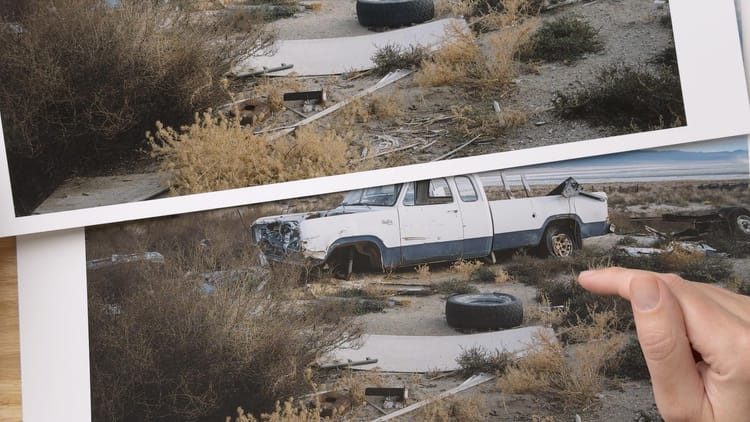
Maven crowdfunding "second wave" of magnetized filters
Building upon the success of their first line of color coded, magnetized filters, Maven has launched a new "Wave 2" crowdfunding campaign introducing a variety of new filters. Maven sent me pre-release copies of the following filters and accessories for this review:
- 3 stop ND/CPL
- 6 stop ND/CPL
- Linear polarizer (LPL)
- 2 stop ND
- 4 stop ND
- 15 stop ND
- 20 stop ND
- 3 stop Linear Gradient (1/3 fill)
- 3 stop Linear Gradient (1/2 fill)
- Step-up splash guard adapter
Additionally, Maven is also crowdfunding an infrared filter, gold and blue streak anamorphic effect filters, and a focusing filter for astrophotography.
Additional solid neutral density filters
Maven has expanded their magnetized solid NDs to include 2-stops, 4-stops, 15-stops and 20-stops. Similar to the first wave of filters, the 2- and 4-stop NDs have unique colors and ring notches matching density (to make them easier to find in a pouch), while the 15- and 20-stop NDs are dark gold and black, respectively.
While 2- and 4-stop solid neutral density filters may be helpful to some photographers, I think videographers will mostly benefit. That's because they provide additional exposure control when following the 180-degree shutter rule. For example, there are situations when a 3-stop solid ND is too dark, and the camera must use a higher ISO value. Or, the 3-stop solid ND isn't dark enough, but the 6-stop solid ND is too dark.
For the videographers who want to use very specific aperture and ISO values when shooting their footage, the 2- and 4-stop filters add more flexibility and exposure control and help fill in some of the gaps covered by variable NDs.

The fifteen and twenty solid NDs are super dark, highly specialized filters for photographers who need the slowest possible shutter speeds. Camera metering, focusing and live previewing will not work with these filters, so you'll need to shoot in Bulb mode with a remote shutter release (and stopwatch) to manually open and close the camera's shutter. I found Photo Pills to be a helpful app tool for calculating long exposure times when testing these filters.
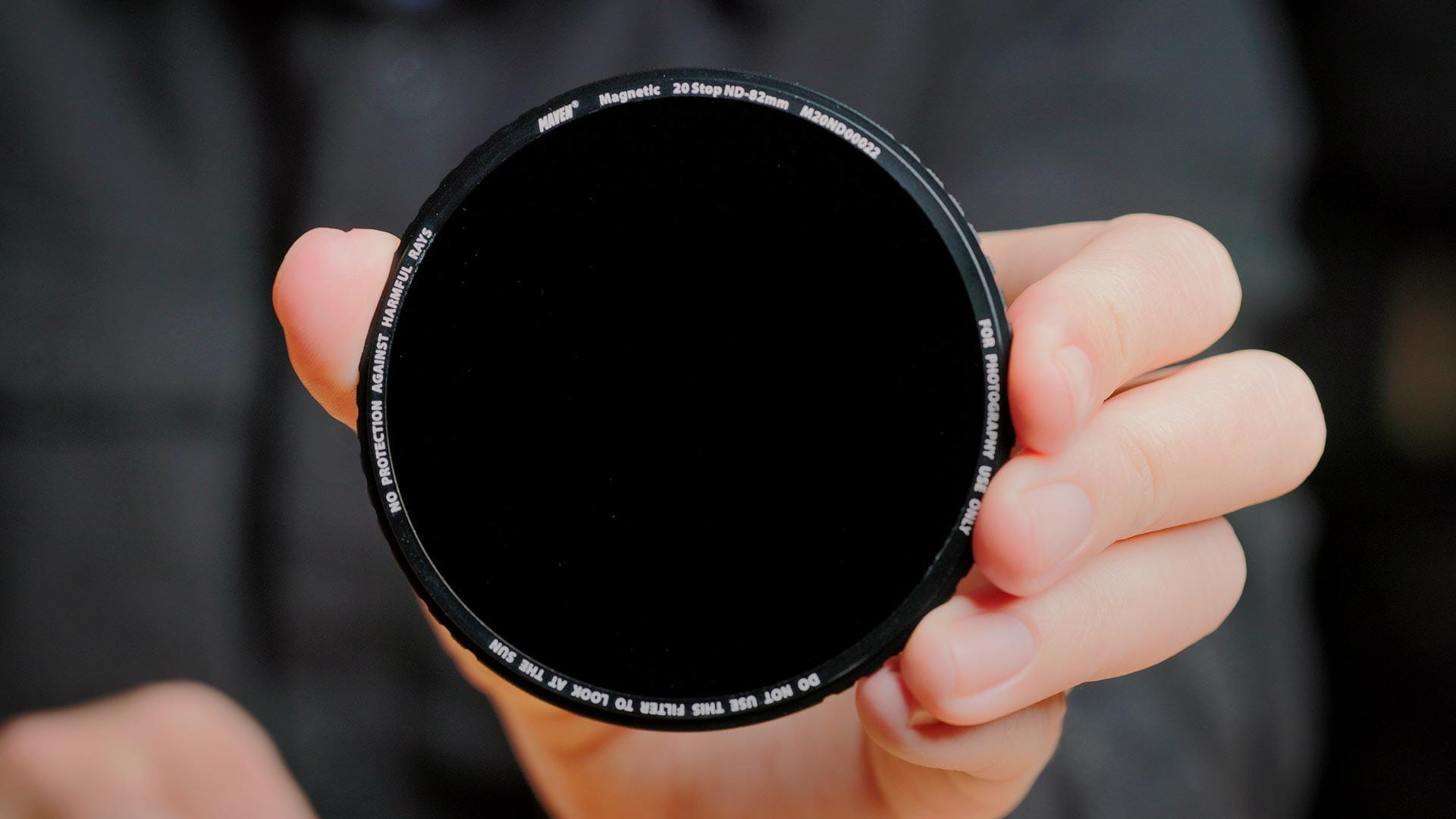
As expected, the 2- and 4-stop solid NDs are just as good as the first wave of Maven solid NDs, contributing little-to-no color cast to photos and videos. Surprisingly, the 15- and 20-stop solid NDs are solid performers as well, even with extremely long shutter speeds. For example, the following image was captured using the 20 stop ND with the shutter open for one hour to achieve proper exposure. Leaving the shutter open that long did produce some digital noise and dead pixels, and the 20 stop did seem to skew the white balance a bit cooler than the control, but overall it works quite well.
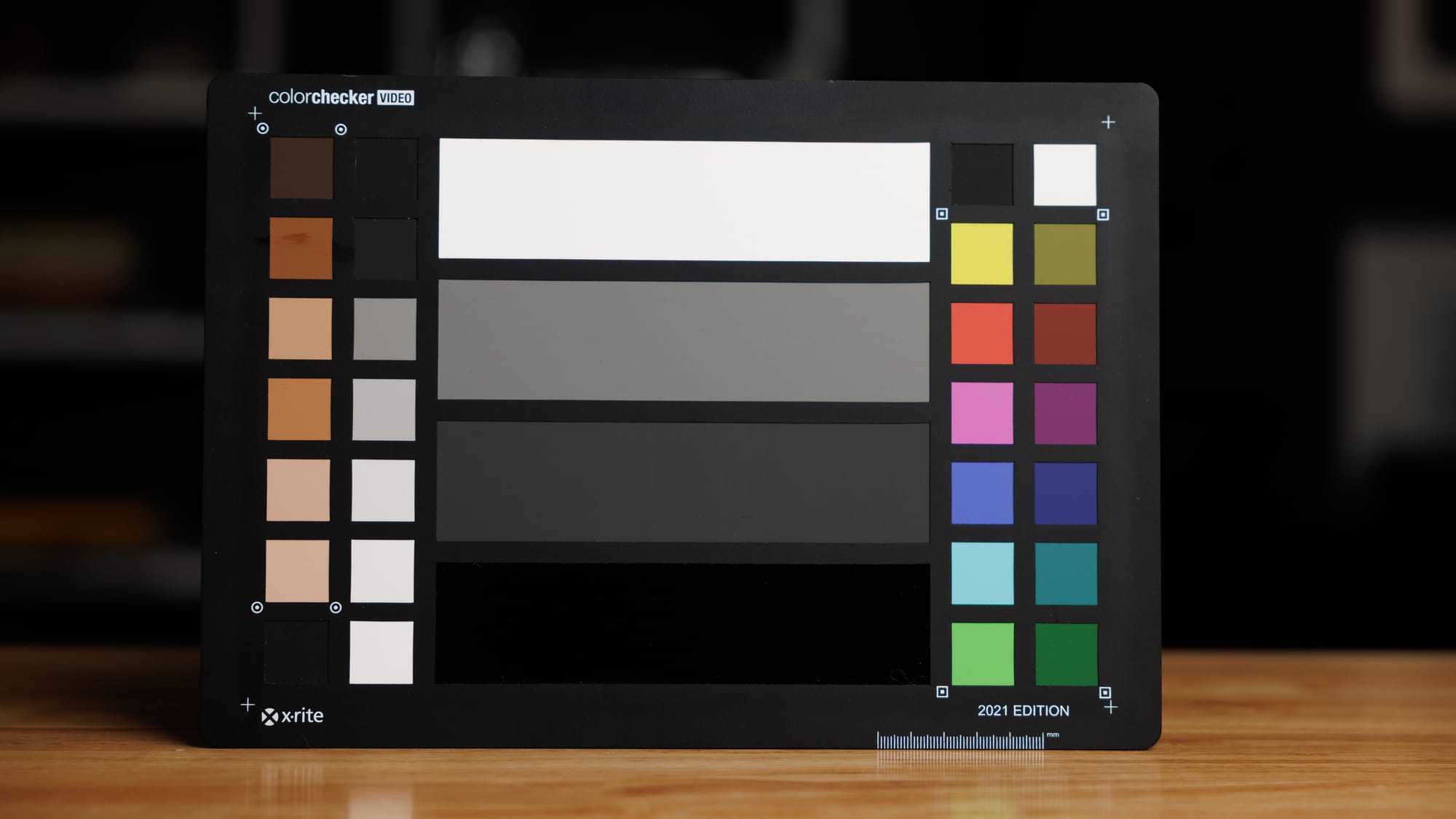
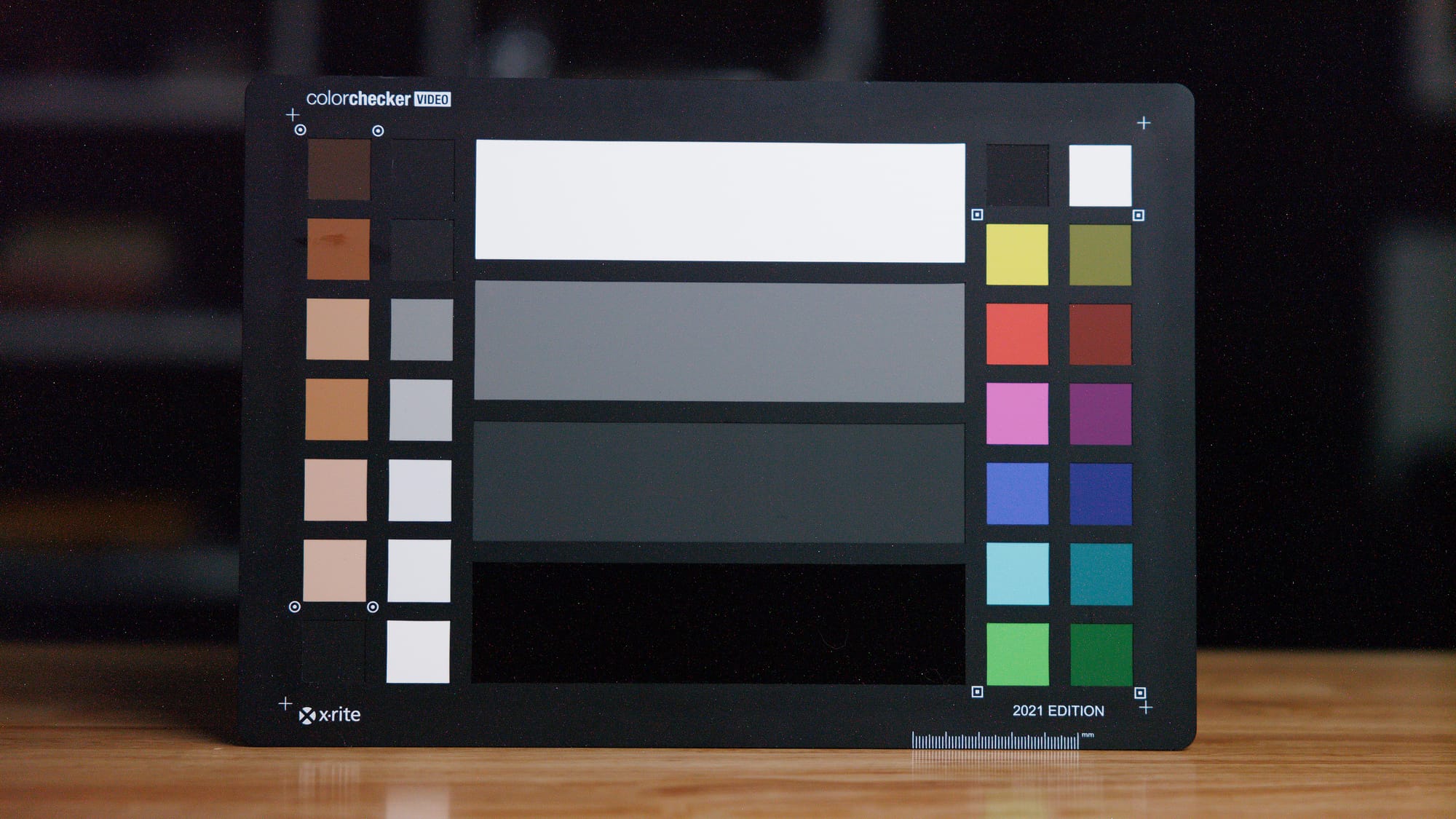
In practical use, I doubt most people will need 15- or 20-stop solid NDs, but they can provide some interesting creative opportunities including super smooth water and sky in landscape images, or empty public areas when shooting architectural.
Maven dark circular polarizer filters
Dark circular polarizers (or "Dark CPL" for short) is a single filter that combines a circular polarizer with a solid neutral density filter. This makes it faster and easier to remove reflections, increase clarity, and slow a camera's shutter speed, but without mounting two separate filters.

While convenient, it's important to remember that dark CPLs aren't substitutes for solid NDs. They are circular polarizers with darkened glass, and should only be used when the filtering effect of polarized glass is warranted. Otherwise, solid NDs are the better option when you simply need to slow the camera's shutter.
Maven provided me with a 3-stop, 6-stop and 10-stop dark CPL. All have light blue rings (to visually indicate they are CPLs), plus colored notches to indicate density strength. Red is 3 stops, lavender is 6 stops, and gold is 10 stops, similar to their solid ND counterparts. The width of each notch is also different to help make finding the right filter easier when handled in dim light.
Maven linear polarizer filter (LPL)
Maven's new linear polarizer filter helps control reflections and increase clarity just like a regular circular polarizer, but is more color accurate. Pretty much every circular polarizer introduces some color cast due to the physics of polarized glass, but an LPL uses a different type of glass that doesn't have this issue.
LPLs aren't as common as circular because they've historically been incompatible with analogue film and DSLR cameras (they confuse a camera's internal mirror). But this is no longer an issue with modern, digital mirrorless cameras. CPLs will always be more compatible with all camera types, but if you primarily shoot mirrorless, an LPL might be a better option.
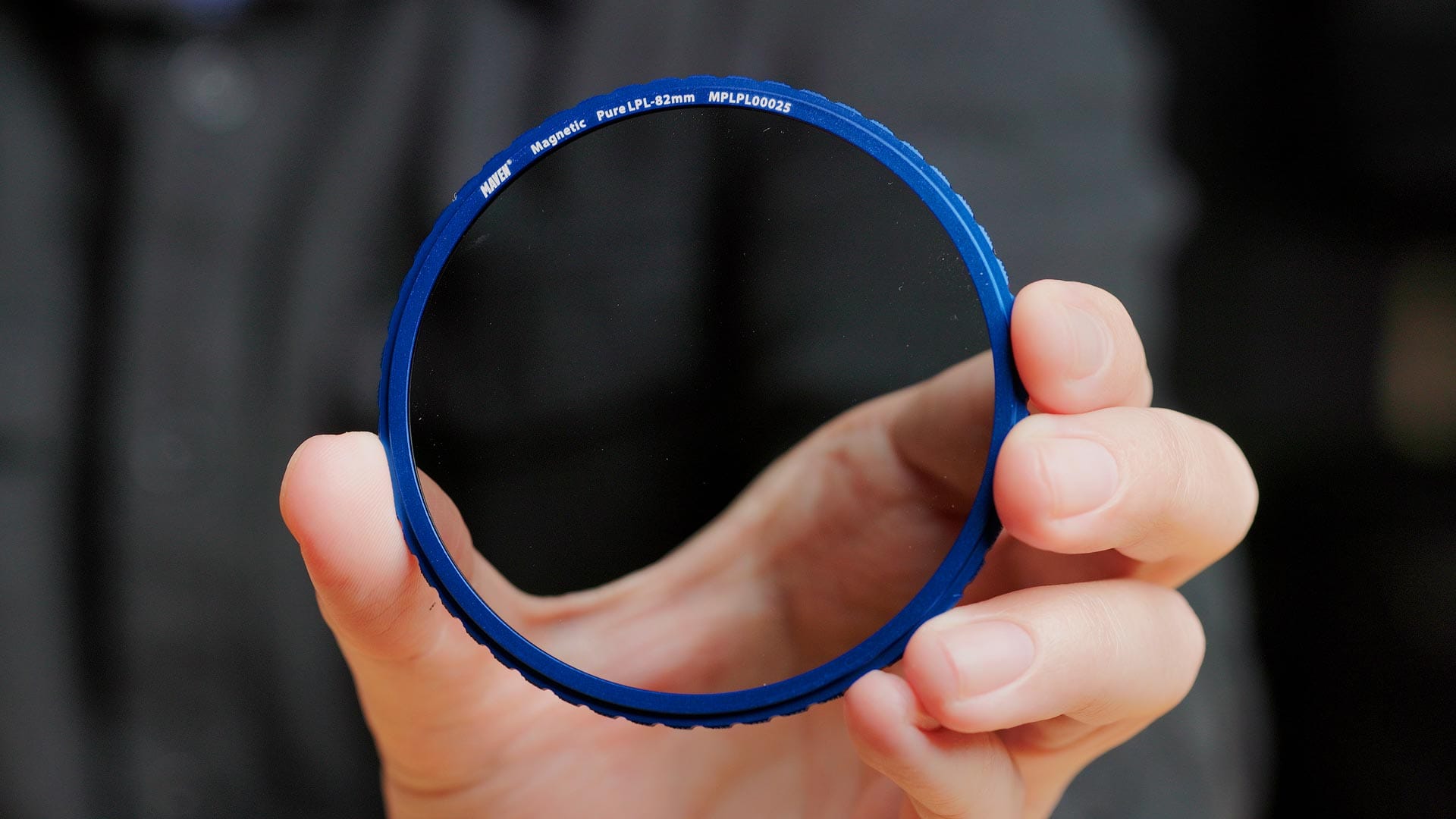
Also of interest, the LPL can be used with the CPL and/or Dark CPLs to create a variable neutral density filter (VND), which are constructed using two panes of polarized glass. Simply mount the LPL in front of a CPL, and rotate to reduce light transmission by however much or little you want.
Performance wise, the linear polarizer filter has no trouble magnetically mounting to the front of the CPLs. It also stays on when moving the camera, and does an effective job of reducing light. That said, the user experience as a VND isn't great. There are stops laser engraved on the outside of the LPL, but there isn't a clear way to align the LPL to the CPL or Dark CPLs. There are no tick marks or hard stops, so you basically have to rotate the LPL and eyeball your exposure using the camera's live preview.
Using Maven's new LPL with a CPL is a clever value-add for those who occasionally want a VND, but it is not a substitute for an actual VND. It works in a pinch, but isn't practical for day to day use.
Solid linear gradient filters
Linear gradient filters darken exposure in a specific area of an image, typically the top or bottom, to normalize brightness in bright skies or foregrounds. Maven provided me with two 3-stop hard linear grads: one with 1/3 coverage, the other 1/2. These filters may be mounted and used on their own or in front of other Maven magnetized filters.
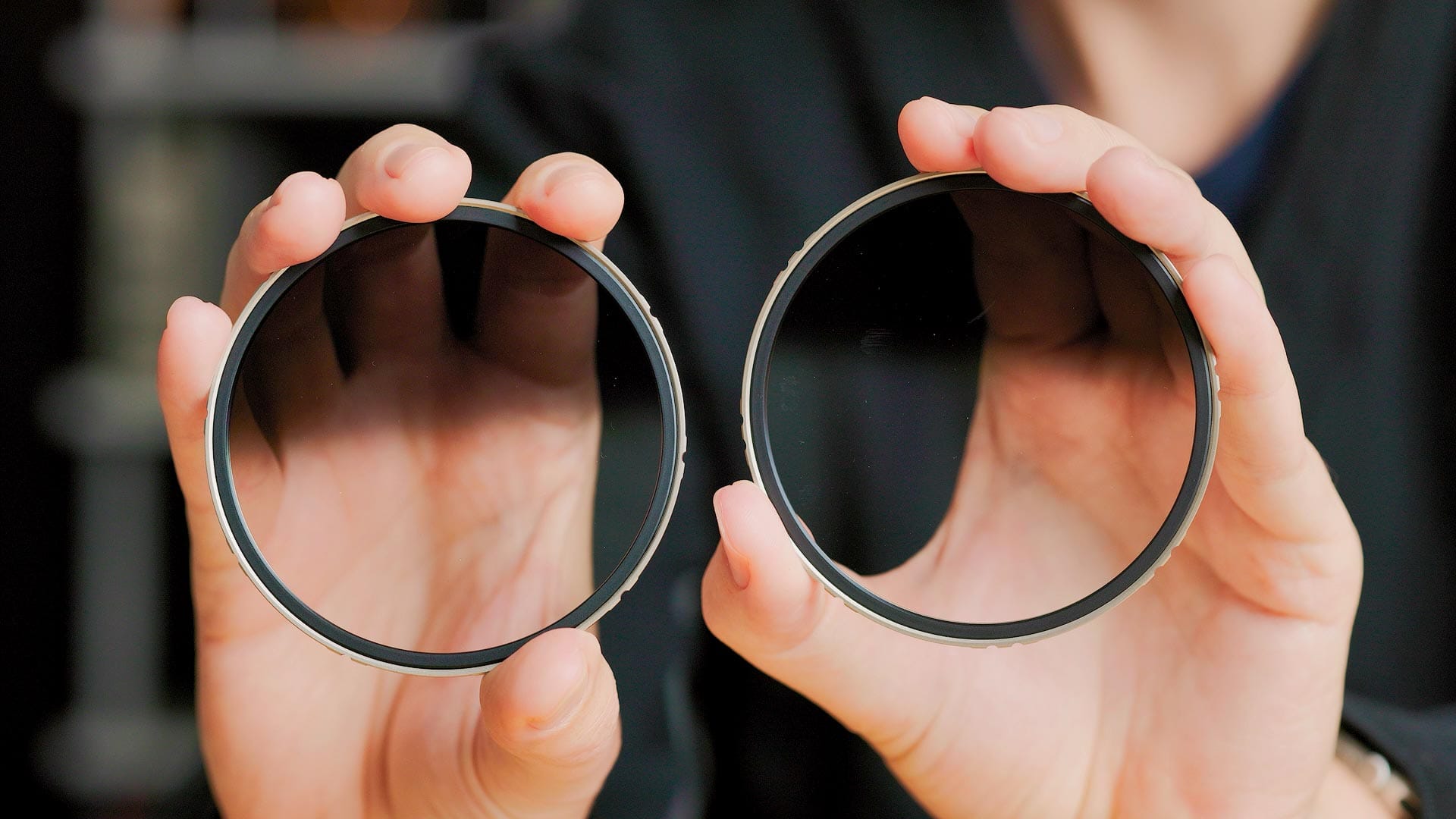
Both linear gradient filters work fine on their own and with the solid NDs, but not so much with the CPL, ND/PL and LPL filters because it's difficult to rotate the linear gradient without rotating both filters simultaneously (which could mess up a PL filter's angle relative to the sun). I also found the thin magnetized ring of the linear gradients to be sticky and somewhat cumbersome to rotate.
It's also worth pointing out that a similar effect can be added digitally later in post using linear gradient masks and/or exposure blending. These linear gradient filters do the job of creating a similar effect with your in-camera photos and videos, but I would only recommend buying these if you have experience with linear gradient filters and know they will be useful for you and the type of work you do. Otherwise, I think the average photographer and/or videographer will be better served by digital means.
New step-up and adapter rings with inner Splash filters
Maven's magnetized adapter rings (and step-up rings) have been updated with an optional splash filter inside the ring. This means you can leave the a step-up or adapter ring on a lens at all times, with or without magnetized filters, to protect the front of the lens against moisture and damage. You may still purchase empty step-up and adapter rings if you want them, but I think these are a solid win.

Closing thoughts
Maven's "Wave 2" filters and accessories help expand what was already a solid collection of magnetized filters for photographers and videographers. Of everything I reviewed, I'm particularly fond of the two and four stop solid NDs, for they provide more exposure control when shooting video, and I like the simple, minimal setup of the dark CPLs for long exposure landscape photography.
Overall, I'm still impressed with Maven's color coded system, for it truly makes finding filters easier; especially when rushing to get a shot or digging through a camera bag in dim light. That said, the more Maven filters I carry, the harder it is to remember what each color and ring pattern means. I sense that the practical limits of the design system may soon be reached (if not there already).
Like other filter systems, the more you invest, the greater the returns. When you own magnetized step-up rings and step-up rings for your primary lenses, hot-swapping filters between them is quicker and easier than using traditional, threaded ,circular filters. For me, swapping magnetized solid NDs isn't that much slower than adjusting density on a variable ND, and I'd much rather use solid NDs for their superior optics and light filtering performance.
Back the "Wave 2" crowdfunding campaign
All of the aforementioned filters and accessories are now available for backing through a new crowdfunding campaign. Maven is offering significant discounts on all items, especially for early-bird backers. Click the button below to check it out.

